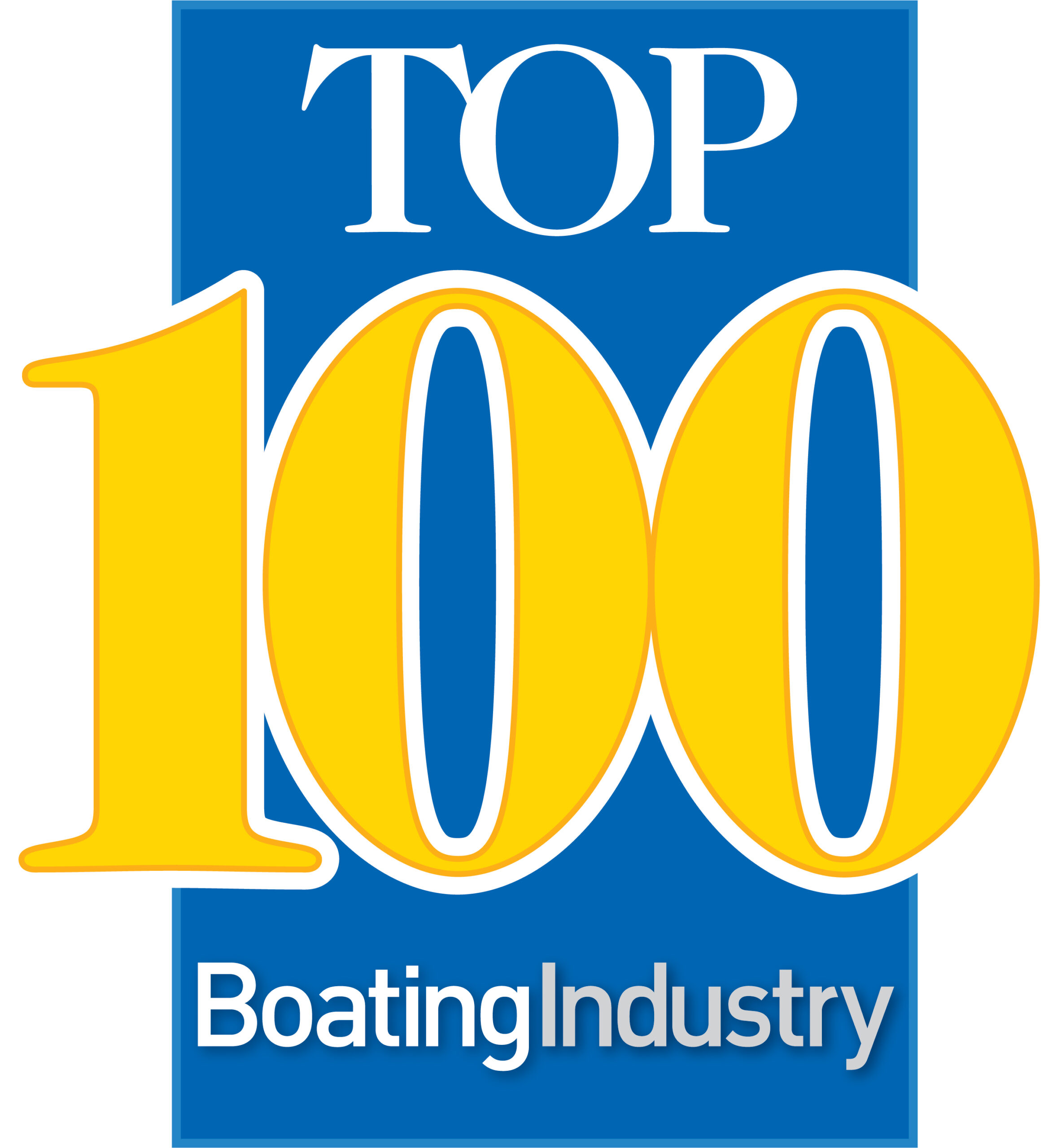The 5 C’s of a successful Web site
In a downturn economy such as ours, little is as important as the efforts that go into marketing your product. Production is paced to match consumer interest, and consumer interest is generated primarily through effective marketing. In today’s world, some of the most effective marketing and some of the least expensive marketing is done in the interactive space. The World Wide Web. The Internet. Your Web site.
So, are you getting what you need out of your Web site?
Web sites are only as effective as the effort that you put into them. It’s not uncommon for people to spend a lot of money optimizing their site for search engines, or paying for direct traffic on keywords, or even paying for banner ads. This is great for driving traffic, but only gets the customers to your site. I can’t imagine anyone who would want to spend the money for radio and TV ads to send someone to a marina that wasn’t clean, had outdated boats and no personnel to guide and assist you. It just wouldn’t make good business sense. So why do the same with your Web site?
Every Web site needs 5 things in order to help you stay on top of your prospects and to keep them coming back. Traffic is great, but ultimately, for a dealer, the true measure is whether or not your site visitors are impressed enough with your site and your inventory that they send you their information with a resounding, “Yes! I want you to sell me a boat.” There are five things, what I call the five C’s, that make a Web site effective. While these things hold true for any Web site, they are especially true in the marine industry: clean design, current content, concise information, clear navigation and contact strategy.
Clean Design: This is the cornerstone to persuasive Web sites. All the truly successful and well-known Web sites have very similar approaches to design. Every commonly used Web site uses visual cues that are light on the eyes with heavy contrast to text. There’s no challenge determining what has importance in the page’s layout and there’s no confusion about what the brand behind the site represents. Humans are accustomed to reading black text on white backgrounds.
Current Content: In the marine industry, the main point behind your site is to get your boats online. If your inventory doesn’t reflect what’s actually, currently in stock, why have it up there? The first thought a customer is going to have when they stop in to see a boat you no longer have, is whether or not this is some kind of bait-and-switch tactic. Your site should also reflect current happenings at your dealership. Set up a newsletter. Fill out your calendar. Post job openings. Designate someone to put an article up on the site weekly. There’s never a guarantee to generate return traffic on the site, but it’s a lot more impressive to your prospects to see that something was just updated on the site in the last week.
Concise Information: It has been proven that the human attention span has shortened over the last hundred years, and is drastically more limited by Web experience. Someone once told me that we get through about 26 words on Web site pages when we view them, which seems like a stretch to me. I suspect it’s closer to seven. The point is that it’s best to keep your message short and visual. Search Engine Optimization is all-important these days, but not if you risk losing your message and your audience. It doesn’t do much good to send prospects to your lot if they have to ride through 17 gates, make two left turns and find the cheese at the end of the maze in order to view your boats.
Clear Navigation: This is often mistaken for boring navigation. It’s not the same. Navigation does not have to always be horizontal, nor does it have to only be one level and static. However, navigation should always clearly indicate where the consumer wants to go and what the results are going to be when they click there.
While cascading navigation is wonderful at the second level, it can often generate frustration at the third and fourth levels and beyond. Gone are the days when all navigation needed to be on every page. While this is helpful, it can also be overkill if there are too many options. Lead your prospects. They want to be shown where they need to go in order to get the information they’re looking for. This means you need to anticipate their needs and drive them to the relevant portions of your site in three clicks or less.
Contact Strategy: In the end, your Web site needs to provide you a return on investment. This boils down to a contact strategy. Whether you’re selling items online, or looking to generate leads so your qualified sales staff can turn those leads into sales, you want your contact cues to be persistent; available at all times. When you’re on a portion of the site that highlights your product, your contact navigation links should be obvious and consistent. An old adage says that you don’t get the sale without asking for it. You want to make it as easy and as painless as possible for your prospect to reach out and contact you.
There’s a great deal that can make a Web site exciting and interactive. This can be done while keeping the 5 C’s in mind. A successful Web site under the above guidelines can still be interactive, educational and entertaining. The key is to properly plan and maintain your Web site. Following these guidelines can give even the smallest dealership enough leads to maintain an edge in what is sure to be a competitive market in the foreseeable future.




